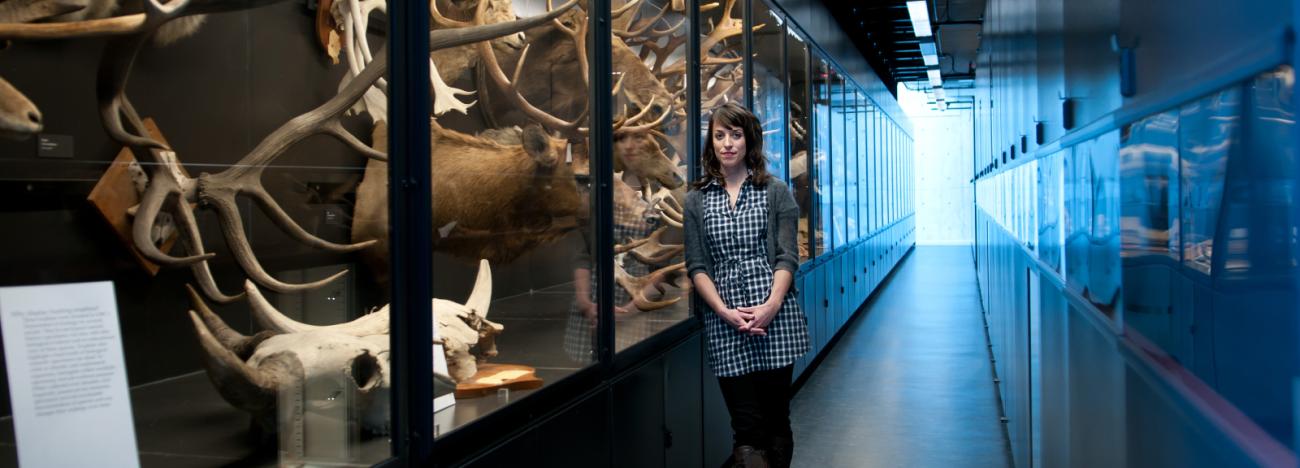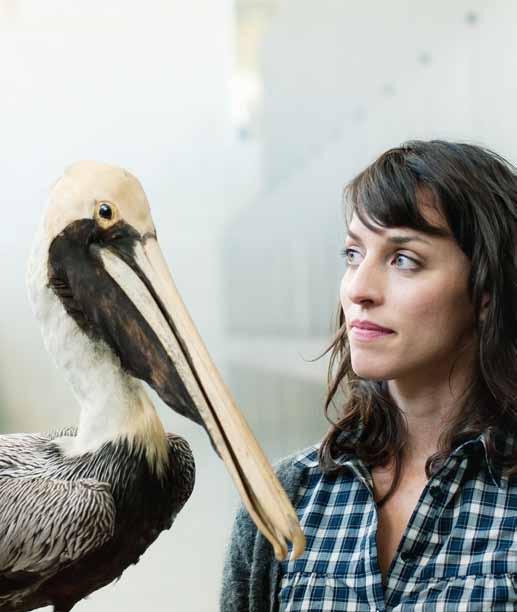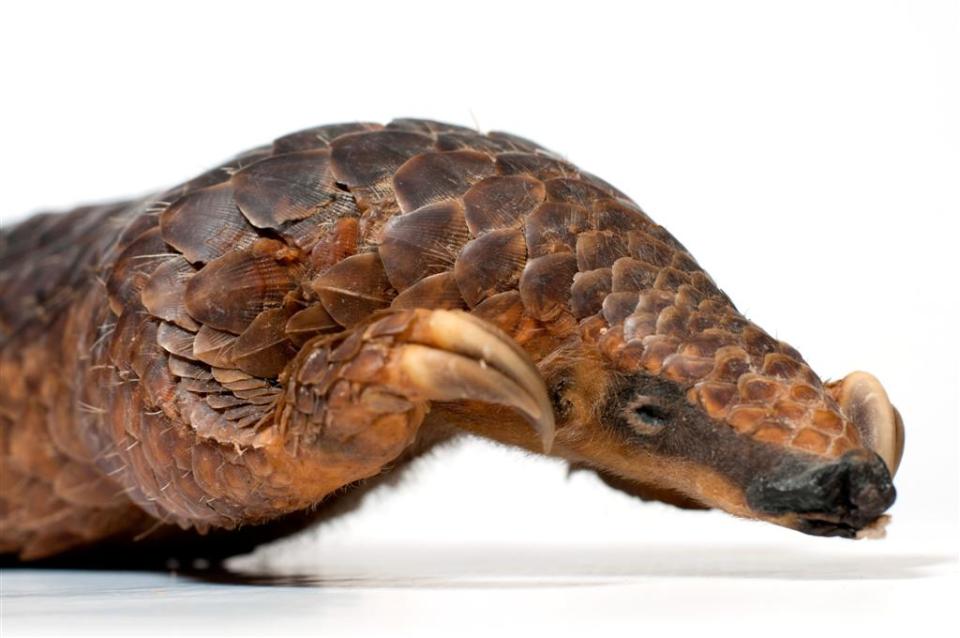
The Beastly Art of Taxidermy
In 1960, almost the entire taxidermy collection of the Saffron Walden Museum in England was destroyed, on purpose, by fire. No photographs exist from the bonfires, but the picture is clear enough. A disorderly mountain of stiffened lion cubs, lemmings, civet cats and barking deer. A smouldering llama, a black tailed wallaby, a polar bear – more than two hundred Victorian stuffed beasts had been discarded as refuse. No museum would ever dream of burning its unpopular cultural artefacts, but these century-old pieces of nature had been heaped on top of each other and set ablaze.
I first heard about the bonfires in the spring of 2005, when I spent several weeks in England visiting family. I had recently finished my PhD at UBC in Comparative Literature and just wanted to see relatives, go for walks – anything but think about what was next. When I visited a little museum in the countryside, I never could have guessed that a lion with wooden teeth named Wallace, the first lion to be born in Great Britain (in 1812) and one of the few survivors of Saffron Walden’s bonfires, would determine the next six years of my work.
Opened in 1834, the Saffron Walden Museum is the second-oldest purpose-built museum in England. Throughout the nineteenth century, like so many Victorian museums, it collected and exhibited a random assortment of specimens: mummies, Roman coins, Anglo-Saxon swords, a motley array of stuffed beasts. The artefacts are still on display, neatly labelled and arranged behind glass. But with the exception of Wallace and a few birds, every once-living creature had been destroyed.
The story goes like this. In 1960, a young curator with a verve to modernize wrote a persuasive report to the Saffron Walden District Council. It was time to sluice out the museum’s taxidermy, which she viewed as musty relics from a less enlightened era. In an age before colour photography and wildlife documentaries, taxidermy had been the cutting-edge technology for showcasing the fauna of distant lands. But those days were long gone. She argued that television and zoos gave children a better idea of nature; taxidermy had become crassly old fashioned. Plus, nineteenth-century taxidermy was shabby; no doubt more than a few hides were cracked with age and sprouting straw. And so, having convinced the Council that the museum’ taxidermy was a nostalgic embarrassment, the vigorous young curator hauled the antique beasts to the city dump and lit a match. The bonfires lasted three days.
Taxidermy isn’t merely a representation of an animal. It is the animal, but blurred with human longing to perpetuate its form.
The event seemed so extraordinary. I couldn’t stop thinking about it. Why had these animals been burnt? It seemed like a crime against nature, but maybe taxidermy deserved to be burnt. I visited family, I ate sandwiches, I went for walks across the astonishingly beautiful Suffolk countryside, and I thought about it. What was taxidermy anyway? And why would anyone want such strange animal-things to exist? When I returned home, my former supervisor urged me to apply for a post-doctoral scholarship, and so I did. I settled on the title Taxidermy and Longing. My adventures with taxidermy had begun.
What is taxidermy? Basically put, taxidermy is an animal’s skin (all flesh and bones removed) mounted over an anatomically perfect sculpture, positioned into a lively posture, and adorned with two glass eyes. In other words, taxidermy isn’t merely a representation of an animal. It is the animal, but blurred with human longing to perpetuate its form. Taxidermy is hardly a swift practice. It takes patience, skill, time and exacting labour, all of which depend on an intense desire to keep particular creatures immortally whole.
When most people think of taxidermy, they think of hunting trophies. But taxidermy is a far more nuanced practice than just trophies and conquests. I’ve come to realise there are eight genres of taxidermy, each distinctly motivated. A hunting trophy is a very different sort of thing than a preserved animal companion (what I call a perpetual pet), which is different again from a two-headed calf or other such eccentric wonder of nature. A little scene of squirrels playing croquet can hardly compare with the tragedy of an extinct species. Likewise a natural history specimen, posed to exhibit what makes its species distinct, is a fundamentally different sort of thing than an elephant foot stool. And nothing is quite like a jackalope, mermaid or other fraudulent creature created from a combination of animal parts. To flaunt a hunter’s skill, to immortalise a cherished pet, to amaze, to amuse, to warn, to educate, to decorate a room and even to deceive: what unites the genres is the longing to capture pieces of nature and tell stories about their significance within human lives.
But all taxidermy owes its existence to wonder. It began in the decades following Christopher Columbus’ journeys across the Atlantic. That a vast continent teeming with an astonishing spectrum of life had lain hidden for so long quite simply blew Europe’s mind. Armadillos, rattlesnakes, birds of paradise and opossums: unknown creatures poured into Europe and were snapped up by anyone who could afford a collection. Yet, what arrived on European docks after months of travel was usually a decomposing lump of flesh, fur and feathers. Most animals didn’t survive the journey, and preservation techniques were too rudimentary to offer anything but the merest shape of a strange beast. And this was a problem. It is true enough to say that taxidermy developed precisely to preserve and cherish nature’s most wondrous creations.
From such poorly preserved wonders, taxidermy reached its apotheosis in the nineteenth century. Victorians loved their nature to death, quite literally. No parlour was complete without a hummingbird under glass or an exquisite assortment of birds, butterflies, seaweeds or ferns. The Victorians wanted to capture all of nature, to bottle it up and ensure it was ever-present for lovingly close inspection. They wanted to see the beast for themselves, and it didn’t matter if its eyes were glass. They wanted the intimate encounter.
And this, I’ve come to realise, is what taxidermy is all about: a deeply intimate and enigmatic encounter between you and an animal. Taxidermy allows you to get closer to an animal than you ever could in life or on the television. It allows you to get closer than most animal would allow, if they were still alive. As I began thinking and writing about taxidermy, I realised that words and images were not going to be enough to explain those encounters. I had no interest in stuffing anything myself, but I wanted to engage directly with the unsettling magnetism of taxidermied animals, rather than merely describe it. Luck was on my side.
I happened to speak with Bill McClellan, a curator at UBC’s Museum of Anthropology I had worked for during my PhD. He told me that the Museum of Vancouver had an entire natural history collection lurking in its basement. From 1894, the museum had amassed and exhibited its taxidermy until it moved to its current location in Vanier Park in 1968. The animals were put into storage where they had lingered, almost forgotten, for half a century. The story was perfect. It was like Saffron Walden all over again, but without the bonfires.
While I never advocate the making of new taxidermy, I believe that taxidermied animals can be reinterpreted as not just something to look at, but something to think with.
The exhibition I curated with the Museum of Vancouver, Ravishing Beasts: The Strangely Alluring World of Taxidermy, explored the cultural history of taxidermy, its successes and failures, and its uncertain future. Taxidermy has an unsettling way of raising ever more questions, and the exhibit was meant to stage unexpected encounters with taxidermy that might provoke visitors to look at these animals in new ways. Perhaps because my adventures with taxidermy were born with a bonfire, I tried to give value and meaning to these creatures. While I never advocate the making of new taxidermy, I believe that taxidermied animals, as old and musty as they might become, can be reinterpreted as not just something to look at, but something to think with.
Last summer, I had the opportunity to work with an altogether different sort of museum. Perhaps best known for its 26-metre-long blue whale skeleton, the Beaty Biodiversity Museum on UBC’s Main Mall is an astounding collection encompassing over two million specimens of organic life. While Ravishing Beasts explored the cultural significance of taxidermy, the exhibits I designed for the BBM were inspired by encounters with the specimens themselves. I learned about the lives of pufferfish, pangolins, kiwi birds, echidnae and flying dragons for the simple reason that the museum safeguards specimens of those species. In radical contrast to Saffron Walden’s urge to purge, the BBM believes its specimens – and especially its oldest specimens – hold precious information that helps scientists understand species and ecosystems now and in the future.
If we care to look, and look closely, the unsettling intimacies engendered by taxidermy can offer us powerful lessons in natural history. They might be straightforward lessons in biology, to learn something about the species on display. They might be lessons in aesthetic wonder in the pure delighted appreciation of an animal’s strangeness or beauty. Or, more soberly, they might be lessons in conservation: there can be no darker cautionary tale than an extinct species. Or again, they might be lessons in the ability of animals to entrance us and to provoke and challenge us to think deeply about our encounters with and within the rest of nature.
Rachel Poliquin is a writer and curator. Her book, The Breathless Zoo: Taxidermy and the Cultures of Longing, was released on Penn State Press in 2012. She also maintains the taxidermy blog www.ravishingbeasts.com
































